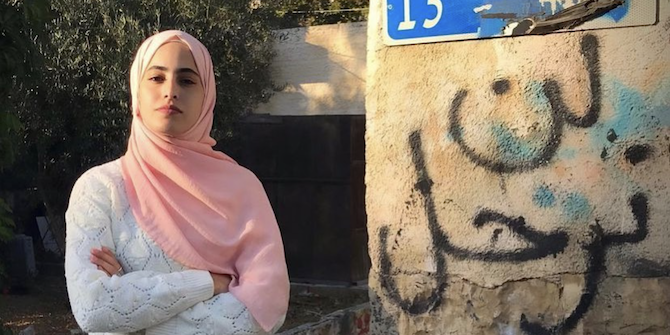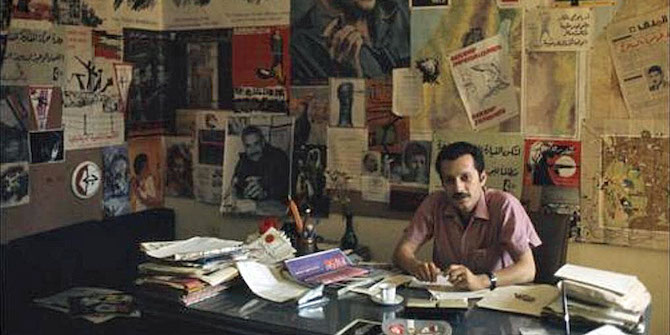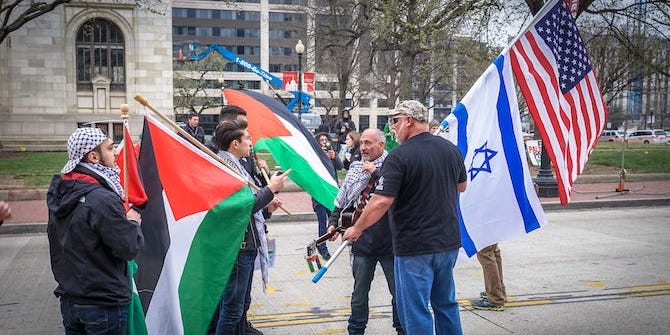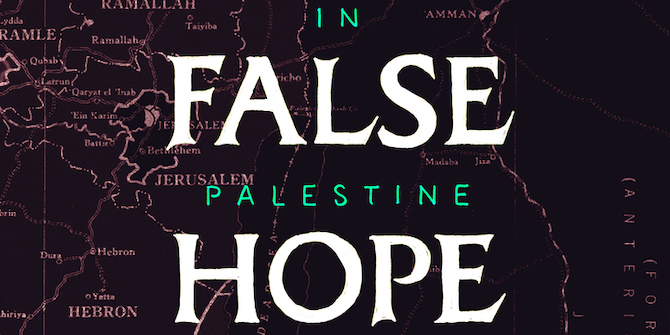by Malaka Shwaikh

In May this year, I had an interesting conversation with the managing director of a digital news service. She had just given a speech to journalism students at an American private university (based in an Arab country) on journalists’ duties to continue ‘telling the story’ of ‘the voiceless’. I enjoyed watching the published part of her speech, and I did find her work inspiring. But I paused at the notion of ‘the voiceless’ and started thinking of possible meanings.
Are there voiceless people in our world? What does classifying people as ‘voiceless’ allow for? What does having a voice really mean? For me, having a voice can be as small as expressing one’s views in the domestic space. If it does not go beyond those spaces, it is either a matter of choice or force (important to note here that the line between choice and force is hard to distinguish at times). But it does not mean having no voice, or being voiceless.
When I raised the above to the managing director, she suggested I ‘should read about journalism’s perspective of giving voice’. This blog is a response as to why insisting on ‘voicelessness’ does not help the most marginalised in our society. I also talk about how journalists (as well as academics) should not really frame their work as ‘giving voice to the voiceless’. Rather, they should, whenever possible, pass the mic. Here, rather than writing about the most marginalised or featuring them in our stories, maybe it is worth giving them the space to write about themselves and paying them for that labour, letting them speak about themselves or simply getting them to choose the tools that work better for them so they can speak freely with their own voice. We shall respect the language they choose and the tactics they adopt.
The narrative of ‘having no voice’, or ‘being voiceless’, places the burden on the most marginalised in our society. It makes this ‘voicelessness’ their own problem rather than that of the structure that leaves their voices unheard or deliberately silenced. It also allows for others to speak on their behalf and build careers on their backs. Today, whole industries – including parts of the international development industry, journalism and academia – exist premised on the idea that large groups of people are ‘voiceless’. I find the work of Indian author Arundhati Roy inspiring here in challenging such ideas. She once said, ‘There is really no such thing as the “voiceless”. There are only the deliberately silenced, or the preferably unheard.’
Following Roy and other women of colour scholars like Dr Su’ad Abdul Khabeer, Hasnaa Mokhtar and Sara Abbas, it is clear that every single person in this world has a voice. I am not talking about having a tongue or being able to speak. I am consciously speaking about our ability to express views verbally (including oral traditions and rituals), non-verbally (from photography to art, expressing ourselves through creativity), demonstrations (such as protests and hunger strikes), in writing or otherwise.
If a voice does not reach us, is not heard, or is even misrepresented or silenced, it is not the responsibility of those who hold it. Rather, we are complicit in not allowing this voice to be heard or to reach us. At the core of this we must remember – we all do have a voice and there are power dynamics, structures and actors who decide whether to listen to us, centre our voices, misrepresent us or simply ignore our views.
We have seen this clearly in racialised structures that marginalise the voices of Black communities and allow the state narrative to prevail in the media. We continue to see it in colonial structures that paint the colonised as oppressive and violent, silencing their voices. Today, neo-colonial structures copy such narratives, unquestioned, allowing for more marginalisation and silencing. We see these violent structures through humanitarian photography that perpetuates views of ‘the exotic other’, volunteerism work that is painted as ‘saving the other’, and reductive seduction of ‘their problems’. These neo-colonial structures also apply to how international media often chooses to ignore structural violence and decades of settler colonialism in Palestine, including, for example, the current attempts at forced expulsions in the neighbourhood of Sheikh Jarrah in Jerusalem and the continuous Israeli violence in other parts of Palestine from Haifa to Gaza and beyond. Through ignoring such realities and the violent state structures that feed them, the media deliberately excludes Palestinian voices. This does not make them voiceless. It rather makes those media outlets complicit in silencing them.
It is important to critique clichés like ‘giving voices to the voiceless’ because how can one give something the recipient already has? One may amplify it, centre it, or represent it accurately, but one does not give it. We ought instead to question why some voices get heard and others remain silenced. This is not necessarily about the existence of social media, or being accessible to journalists and academics, but rather about bigger structural issues that deliberately ignore those voices, marginalise them, and, at times, simply exclude them. We have a moral responsibility to listen, respect, amplify, centre, and, whenever possible, pass the mic.






